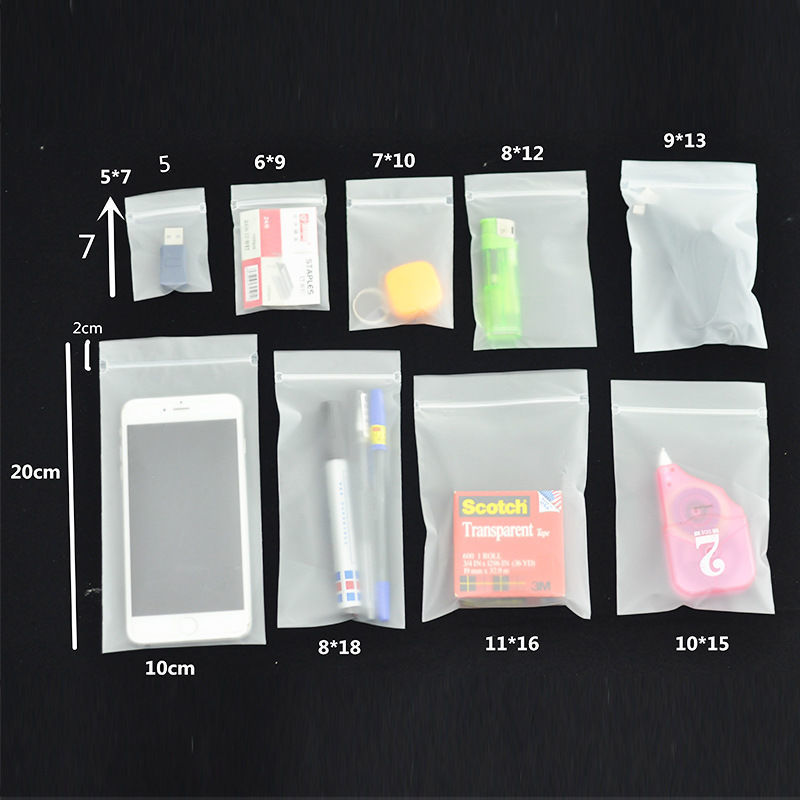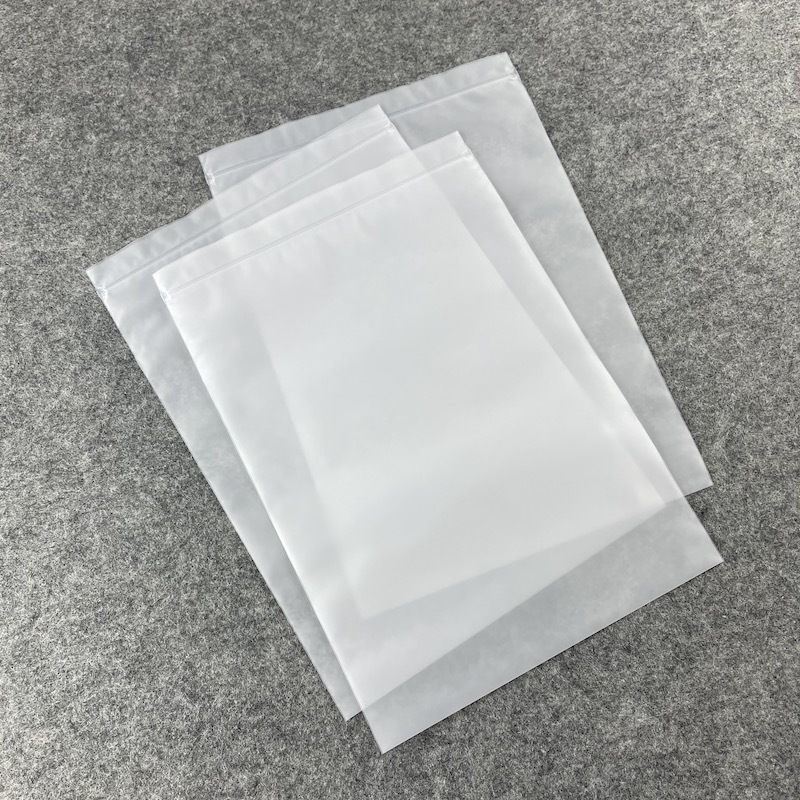
In the world of packaging, plastic bags have long been a reliable choice for various applications, especially for packing clothes. Whether you're a retailer looking for efficient packaging solutions or an individual preparing for travel, plastic bags offer unmatched versatility and convenience. This guide explores the benefits, types, and best practices for using plastic bags for packing clothes.

Benefits of Using Plastic Bags for Packing Clothes
1. Protection:
Plastic bags provide excellent protection against dust, moisture, and damage, keeping clothes clean and intact during storage or transit.
2. Versatility:
Available in various sizes and designs, plastic bags can accommodate different types of clothing, from small accessories to bulky jackets.
3. Cost-Effective:
Plastic bags are an affordable packaging solution, making them ideal for businesses and individuals looking to minimize costs without compromising quality.
4. Space-Saving:
Vacuum-sealable plastic bags can compress clothes, saving valuable space in storage or luggage, making them perfect for travel or compact storage needs.
5. Transparency:
Clear plastic bags allow for easy identification of contents without the need to open them, adding convenience to organization and inventory management.
Types of Plastic Bags for Packing Clothes
1. Polyethylene Bags:
Made from high-density or low-density polyethylene, these bags are durable, flexible, and resistant to tearing. They are commonly used for retail packaging and storage.
2. Polypropylene Bags:
Known for their clarity and strength, polypropylene bags are often used for packaging high-end clothing items, allowing for a clear view of the contents.
3. Garment Bags:
These larger plastic bags are designed to protect suits, dresses, and other formal wear. They often come with zippers and handles for easy transport.
4. Vacuum Storage Bags:
Ideal for saving space, these bags can be vacuum-sealed to compress clothing, making them perfect for travel or long-term storage.
5. Ziplock Bags:
Smaller ziplock bags are great for organizing and protecting accessories like socks, underwear, and jewelry.

Best Practices for Using Plastic Bags for Packing Clothes
1. Choose the Right Size:
Select plastic bags that fit the size and quantity of clothes you need to pack. Oversized bags can lead to wasted space, while undersized bags may cause damage to the clothes.
2. Label Your Bags:
For easy identification, label each bag with the contents or category of clothing. This is particularly useful for organizing seasonal clothes or travel packing.
3. Avoid Overpacking:
Overpacking can cause plastic bags to stretch or tear. Pack clothes loosely to avoid damage and maintain the integrity of the bag.
4. Use Vacuum Bags for Bulky Items:
For larger items like coats and blankets, use vacuum storage bags to save space and keep them protected from moisture and pests.
5. Reuse and Recycle:
To minimize environmental impact, reuse plastic bags whenever possible. When they are no longer usable, ensure they are properly recycled according to local guidelines.
Conclusion
Plastic bags for packing clothes offer a practical and versatile solution for both personal and retail needs. Their ability to protect, organize, and save space makes them an essential tool for efficient clothing storage and transport. By choosing the right type and following best practices, you can maximize the benefits of plastic bags while minimizing their environmental impact. Whether you're packing for a trip, organizing your wardrobe, or running a retail business, plastic bags provide the convenience and reliability you need.
plastic bags for packing clothes versatile clothing storage convenient packing solutions
